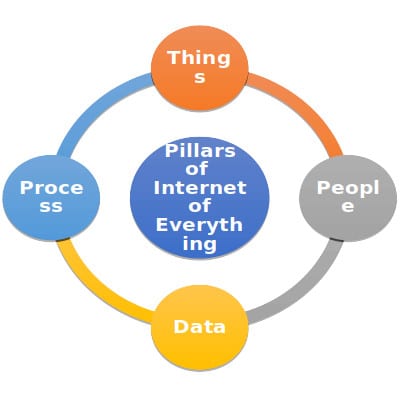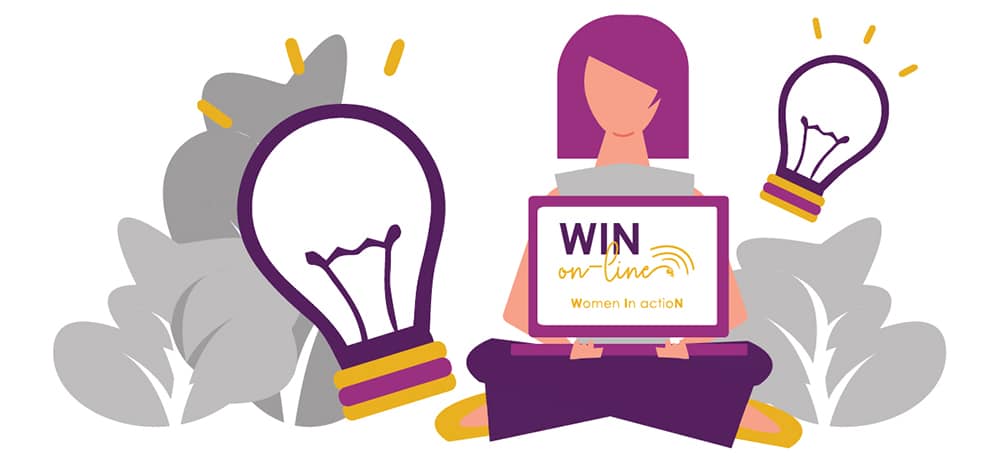On-line training for women e-entrepreneurs
-
Module 1 What is entrepreneurship8 Topics|1 Quiz
-
1.1. Introduction to entrepreneurship
-
1.2. Basic principles of entrepreneurship
-
1.3. Types of entrepreneurship
-
1.4. Differences between entrepreneurship and e-entrepreneurship
-
1.5. Entrepreneurial thinking
-
1.6. Entrepreneurial skills
-
1.7. Challenges and opportunities women face in entrepreneurship
-
1.8. Ethical aspects in entrepreneurship
-
1.1. Introduction to entrepreneurship
-
Module 2 From idea to business7 Topics|1 Quiz
-
Module 3 Digital Marketing10 Topics|1 Quiz
-
3.1 Marketing research and marketing plan
-
3.2 Digital Marketing
-
3.3 S.E.O. (Search Engine Optimization)
-
3.4 Social media marketing
-
3.5 PPC – Google AdWords
-
3.6 Web Analytics
-
3.7 Mail Marketing
-
3.8 Internet of Everything
-
3.9 How to build your website
-
3.10 Effectiveness of a digital marketing strategy
-
3.1 Marketing research and marketing plan
-
Module 4 Business Networking6 Topics|1 Quiz
-
Module 5 Fund-raising & financing6 Topics
-
Module 6 Presentation of an e-entrepreneurial project (pitch)3 Topics|1 Quiz
-
Annex
3.8 Internet of Everything
The Internet of Everything (IoE) “is bringing together people, process, data, and things to make networked connections more relevant and valuable than ever before-turning information into actions that create new capabilities, richer experiences, and unprecedented economic opportunity for businesses, individuals, and countries.”, (Cisco, 2013)
In other words, Internet of Everything (IoE) consists of objects which are equipped with sensors and connected over public or private networks through a standard/proprietary protocol. Internet of Everything focuses on the interconnected physical objects. Internet of Everything brings together people, process, data and things, in order to create opportunities for both businesses and individuals, improve experiences and make smarter decisions.
The features of Internet of Everything are:
• Decentralization: Data is processed in distributed nodes, and not in a central system.
• Data Input/Output: External data can be stored on devices and returned to other components within the network.
• Technology Relation: The surfacing of big data and the Internet of Things technology are mostly interconnected with IoE.

Internet of Everything (IoE) and Internet of Things (IoT) are two different concepts with common features, which people usually confused them.
The term Internet of Things (IoT) is widely used and was invented in 1999 by a visionary technologist, Kevin Ashton. The term Internet of Things refers to internet connected devices that sense and share data, without the involvement of people, known as machine-to-machine (M2M) communication technology. The term Internet of Everything gives a wider view of internet connectivity and it was introduced several years later. However, all these years Internet of Things (IoT) has been transformed dramatically. Years ago, people were connected with devices with no interaction. Today, everyone is connected to the internet though more than one device. Internet of Things (IoT) opened up so many possibilities and opportunities. Devices can communicate through internet, gather and analyse information.
Internet of Everything (IoE) is a concept that extends Internet of Things and except from M2M communication, it also includes people to machine (P2M) and people to people (P2P) technology communication. People-to-people communication occurs when a person uses connected devices to interact with another person, no matter how far they are.
The Internet of Everything has four pillars people, data, things and processes. Internet of Things, that has one pillar, things.

The four pillars of Internet of Everything are things, people, data and process. Those pillars will help you understand better the concept of Internet of Everything.
1. Things
With the term things we mean connected objects that collect data regarding their status through sensors and share this information with one another through the internet. Those objects can be various devices.
2. People
People play the most important role to Internet of Everything, as they are the end-users for getting services and there is no intelligent connection without them. They are used in people-to-machines and people-to people communication, but they also can be connected themselves. People can provide their insights through the application, websites, or the network-connected devices that they are using.
3. Data
Data are also vital for Internet of Everything. Their analysis is crucial, as data resources are constantly increasing. Data need to be analyzed in order to turn to valuable and useful information and help businesses to take right decisions. Without analysis, data has not specific value.
4. Process
Process is also an important component of Internet of Everything. It defines how the above elements work in order to bring a great value in the digital world. A process is considered successful when a connected thing collects the right data and transmits it to the right person at the right time.
The Internet of Everything will re-invent industries at three following levels:
Business process: By the term business process, we refer to the methodology of performing an activity by using IoE technology. Through this, businesses can improve the products and the services they offer, the way that they work, customers’ experiences. Through digitalisation, they have the opportunity to achieve better quality to those that they develop.
Business model: As businesses digitalize products and processes, new ways of doing business in industries appears. Many platforms use intelligent technologies not only to enter the technology, but also to change the earlier practices.
Business moment:It is crucial for businesses to compete with the speed and agility of the system. The IoE technology creates opportunities at a rapid scale along with the availability of leveraging data faster than the competitors.



